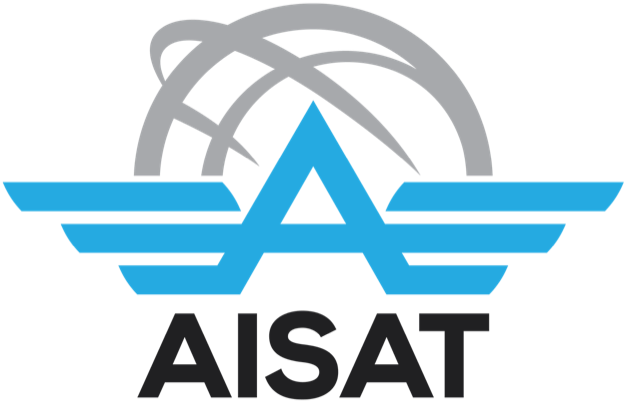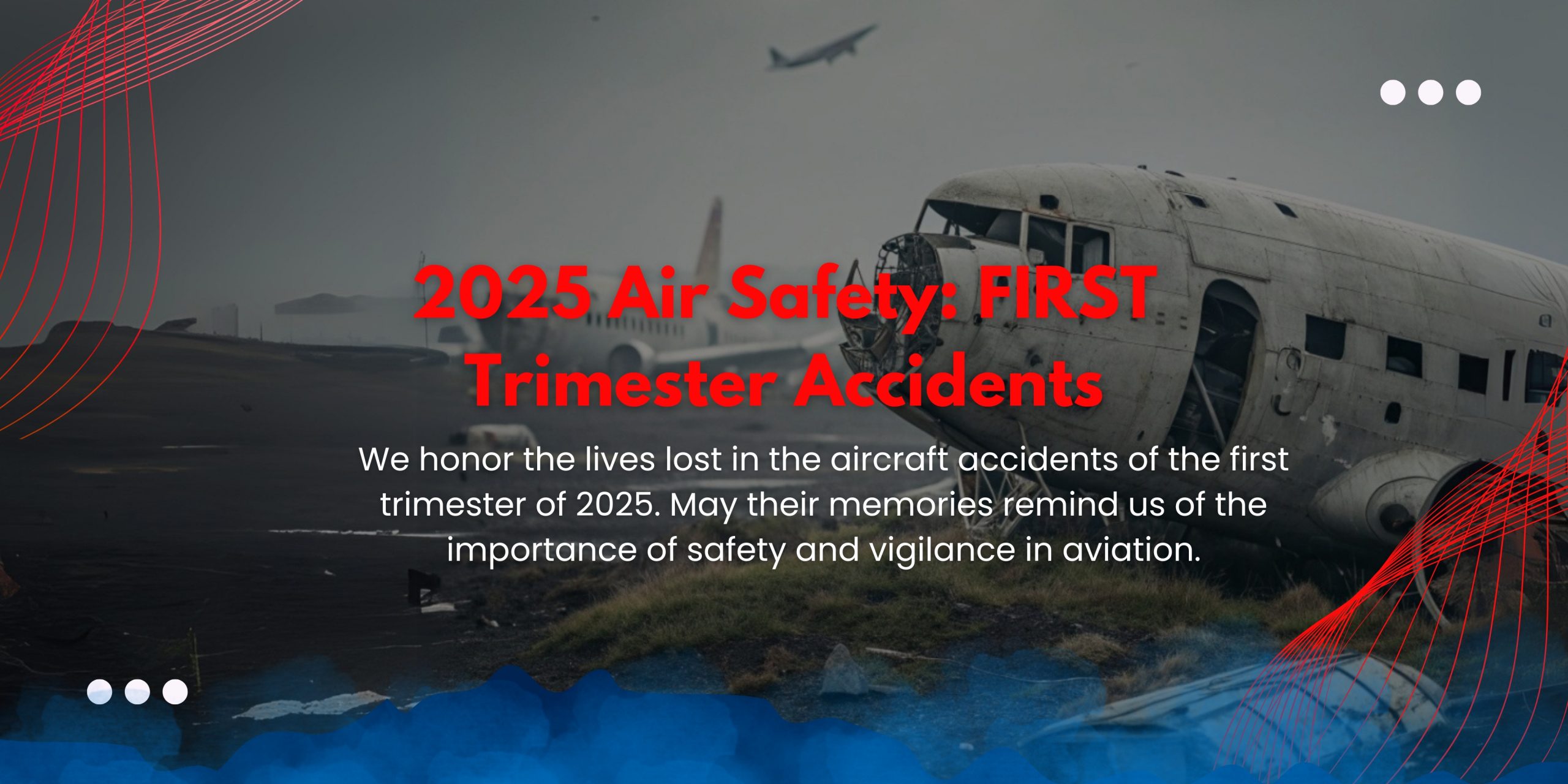March 30, 2025
by Capt. Krizza Lorraine Rivas, AMT
The aviation industry faced a turbulent start to 2025, with over 305 combined accidents, incidents, and occurrences reported in the National Transportation Safety Board (NTSB) database during the first trimester. Of these, 23 were fatal airplane accidents. The quarter was marked by a wide range of safety events—from mid-air collisions to runway excursions—highlighting ongoing challenges across the industry. Among the most serious accidents were the deadly Potomac River mid-air collision and the crash landing of Delta Connection Flight 4819.
Potomac River Mid-Air Collision
On January 29, 2025, at approximately 20:48 EST, tragedy struck over Washington, D.C., when a Bombardier CRJ-700 operated by PSA Airlines as American Airlines Flight 5342 (registration N709PS) collided mid-air with a US Army Sikorsky UH-60L Black Hawk helicopter (callsign PAT25) above the Potomac River. The regional jet departed Wichita Dwight D. Eisenhower National Airport (ICT) and was en route to Ronald Reagan Washington National Airport (DCA) carrying 60 passengers and four crew, while the helicopter departed Davison Army Airfield (DAA) and was on a routine training mission with three personnel aboard. The collision occurred during clear weather conditions, prompting immediate questions about airspace coordination and communication breakdowns.
Reference: National Transportation Safety Board. (2025). Preliminary report: DCA25MA108 (p. 3). https://www.ntsb.gov/investigations/Documents/DCA25MA108%20Prelim.pdf
The impact resulted in the deaths of all 67 people on both aircraft, marking one of the deadliest aviation accidents in U.S. airspace in recent years. Recovery operations lasted several days due to the debris field spanning the river and the surrounding area. The National Transportation Safety Board (NTSB) launched a full investigation, focusing on potential failures in air traffic control protocols and interagency coordination between civilian and military flight operations.
For more detailed information on the accident, you can refer to the preliminary investigation report available here: NTSB Preliminary Report – DCA25MA108.
Delta Connection Flight 4819
Like the Potomac incident, Delta Flight 4819 raised urgent safety concerns. On February 17, 2025, at approximately 1247 EST, Delta Connection Flight 4819 (registration N932XJ), a Bombardier CRJ-900LR operated by Endeavor Air, crash-landed at Toronto/Lester B. Pearson International Airport (CYYZ). The aircraft, which originated from Minneapolis-Saint Paul International/Wold-Chamberlain Airport (KMSP), carried 76 passengers and four crew members. Despite a hard landing that caused the aircraft to veer off the runway, overturn, and lose its right wing, triggering a fire, all occupants survived.
21 passengers sustained injuries, most of which were minor, though two received serious injuries. Emergency response teams quickly arrived at the scene, and Transportation Safety Board of Canada (TSB) investigators examined the occurrence and have recently released a preliminary report on March 20, 2025. Full preliminary findings are available via the official website of TSB: Air Transportation Safety Investigation A25O0021 Preliminary Report.
The first trimester of 2025 has underscored the complexities and risks that continue to challenge global aviation safety. While the industry has made significant technological and procedural strides in recent years, the diversity and severity of incidents—ranging from catastrophic mid-air collisions to ground-based emergencies—highlight areas where vigilance and innovation remain critical. Other notable events included the onboard fire aboard Air Busan Flight 391 and the crash of a Trident Aviation DHC-5 cargo plane following a technical failure—both incidents further illustrating the varied safety challenges that emerged during the first quarter of 2025.
Investigations into major events like the Potomac River collision and Delta Connection Flight 4819 are expected to yield valuable insights that could inform future safety protocols and training standards.
As air travel demand continues to rise post-pandemic, the importance of robust safety systems, inter-agency coordination, and proactive maintenance practices cannot be overstated. The coming months will be crucial for regulators, operators, and manufacturers to assess early 2025’s lessons and reinforce global aviation’s commitment to minimizing risk while maintaining public trust in one of the world’s most vital transportation systems.

